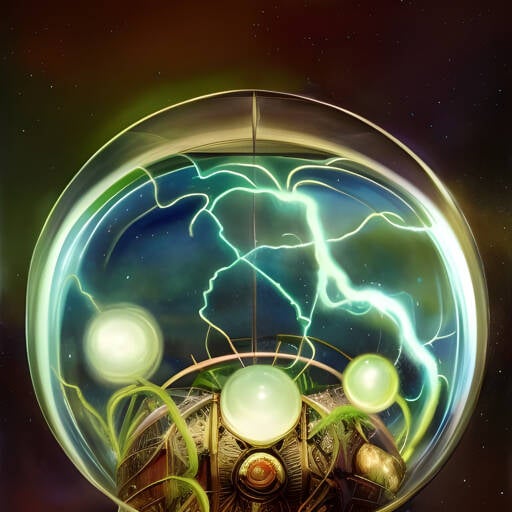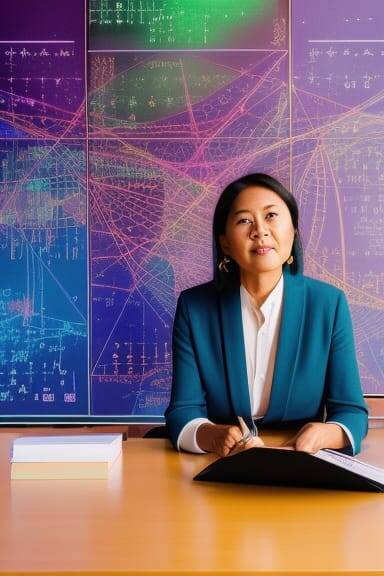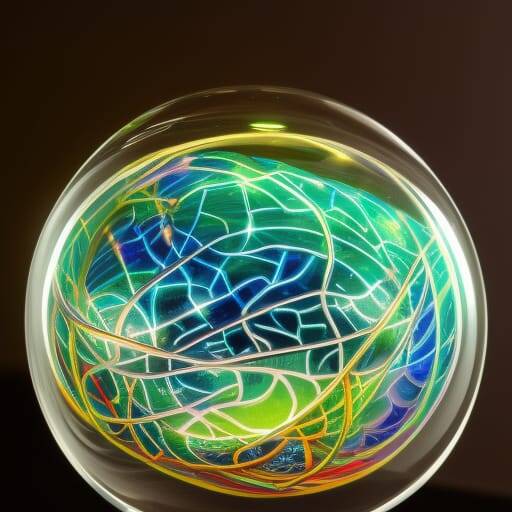Concepts

AI is the abbreviation for Artificial Intelligence. In French the correct terms are l'Intelligence Artificielle abbreviated to IA, and in German this would be Künstliche Intelligenz, or KI. On this website we'll stick to AI.
There are two major directions within artificial intelligence: the expert systems and the neural networks. Both have their own field of application. In short: if the underlying rules are clear and known to human experts, then it can be programmed into an expert system; if, on the other hand, the rules are vague and rely heavily on visual pattern recognition for example, then a neural network is better suited for the job.
Expert systems

Nowadays, expert systems are also simply referred to as knowledge-based systems, or knowledge-driven systems. The current expert systems consist of two parts: a knowledge base and an inference engine. The knowledge base contains known starting values that must be used in the reasoning/calculation. The inference engine is an entire system of rules that record knowledge about processes. Suppose a Dutch pension administration system is built with an expert system, then the knowledge base states what the value of the 'franchise' is this year; and the inference engine states how the pension value is calculated on the basis of that 'franchise'.
The big advantage of this dichotomy is that it is not necessary to bring in a programmer if the 'franchise' changes, but that an expert can adjust this himself.
If the knowledge is so complex that it cannot be written down completely, as in medical science can be the case, then an expert system can also be trained. The human expert indicates how good or bad the system's answer is, and the system itself calculates where values or rules need to be adjusted.
The big advantage of such an expert system is that the knowledge of many experts can be combined into an ultimately infallible source that does not tire and can be used in many places at the same time. In most cases it is still recommended to have a human operator next to it, in case an exceptional situation arises, for which the system is not prepared.
Well-known examples of expert systems are chess computers, which are now able to beat grandmasters. Also don't forget translation apps like Google Translate, which must correctly translate both words with double meanings and meanings with several synonyms between different languages. Almost commonplace are AI-controlled opponents in a game, which still show 'intelligent' behavior with simple rules, and which can adapt to the player.
Neural networks

Neural networks as they are programmed on computers, are based on our research into the brain and our knowledge of the neurons in our brain. Knowing that our brains can process an amazing amount of information, it has long been a dream to recreate this in a computer. It progresses in small steps. As technology advances, ever larger and more complex neural networks can be programmed on increasingly faster computers.
Neural networks are made up of layers of neurons, with each neuron connected to the neurons in the layer below and the layer above. Each connection has a value that indicates how strong the connection is. That value can be positive, negative, or zero. In practice, this means that precisely those connection-values record the knowledge of the network. The values in the neurons represent 'the picture' that is currently being looked at. Of course, it doesn't have to be visual information. All input values that can be converted into numbers (distances, air pressure, current speed, light, color) can in principle be processed by a neural network.
The number of layers and the number of neurons in each layer together make up the complexity of the neural network. The greater the complexity, the more details and differences it can recognize and process. In the past, neural networks were mainly used to scan an image and then be able to say: yes/no human, or yes/no cat, and this was increasingly extended to the current possibilities of Google Search, which can automatically classify images according to many characteristics at the same time. Now we have reached the point where neural networks have been successfully trained to also be able to do the opposite: enter words and get a picture generated in which those words are depicted. Images can be generated. And not only the image itself, but also the style of the image (photographic, watercolor, 3D visualization, oil painting, abstract) can be requested in text and displayed in the image.
These are exciting times, both for artists who see their craft hijacked by computers, and aspiring artists who now have the means to create more easily themselves. The debate on this has only just begun. The blog on this website hopes to contribute.

Reactie plaatsen
Reacties